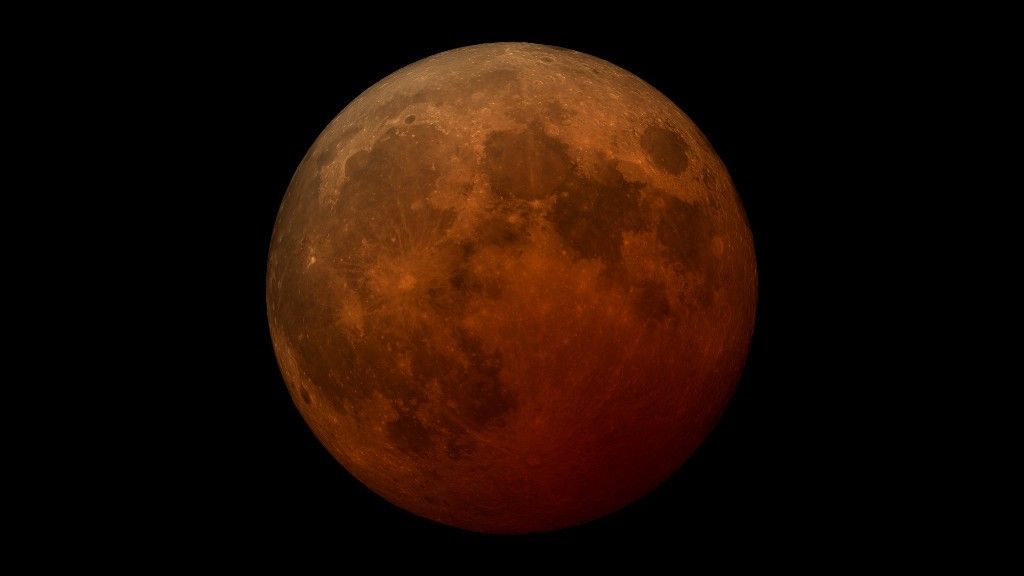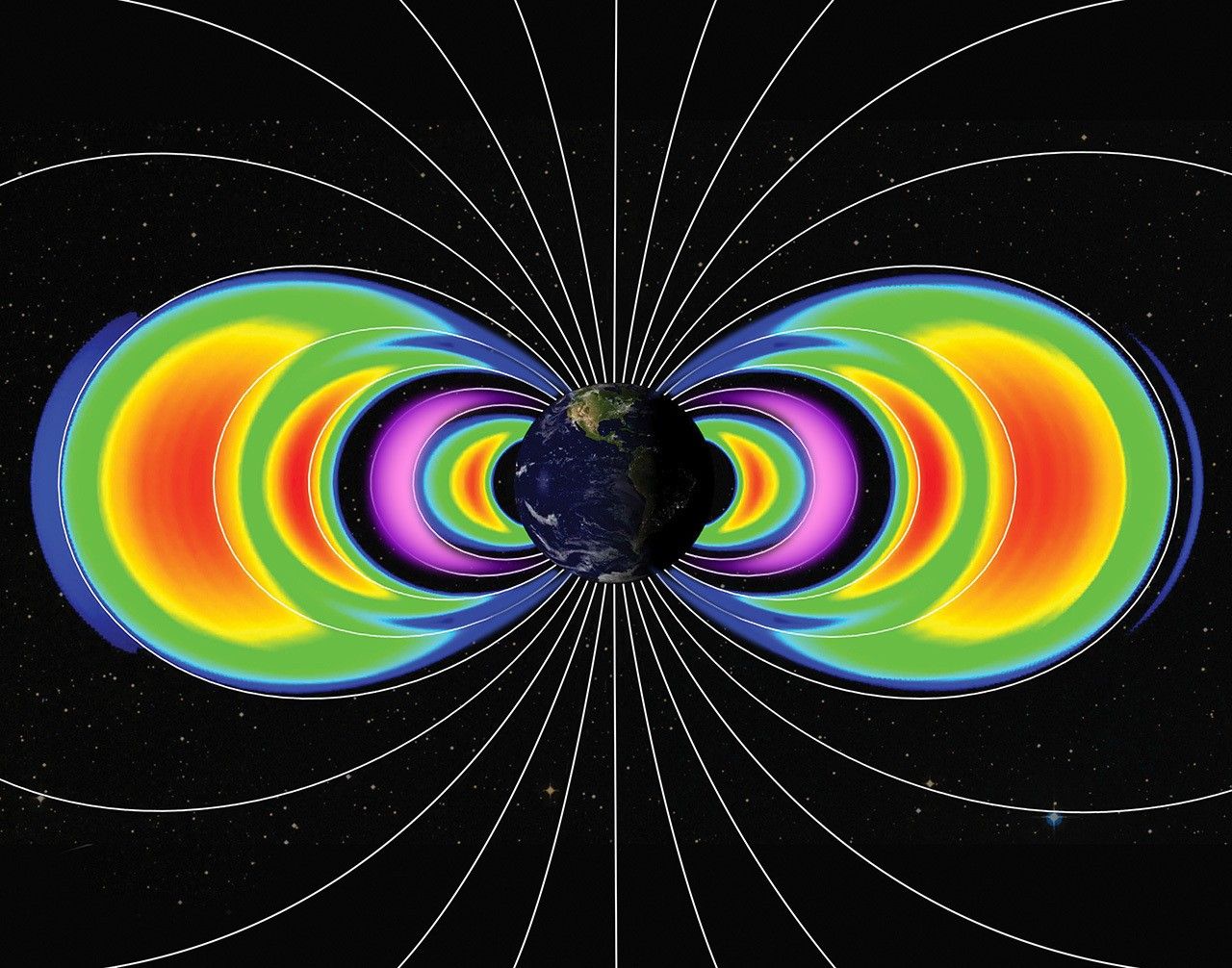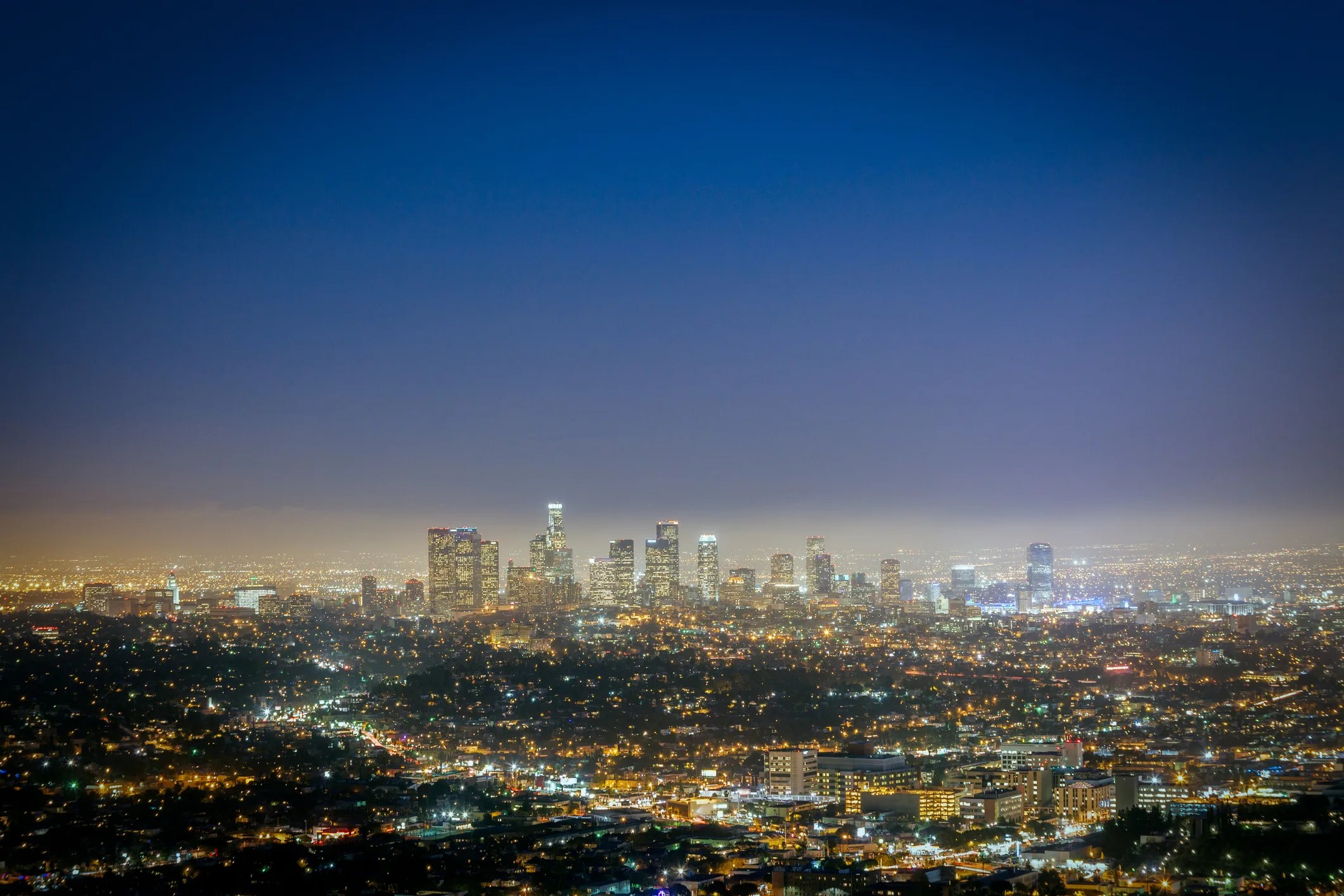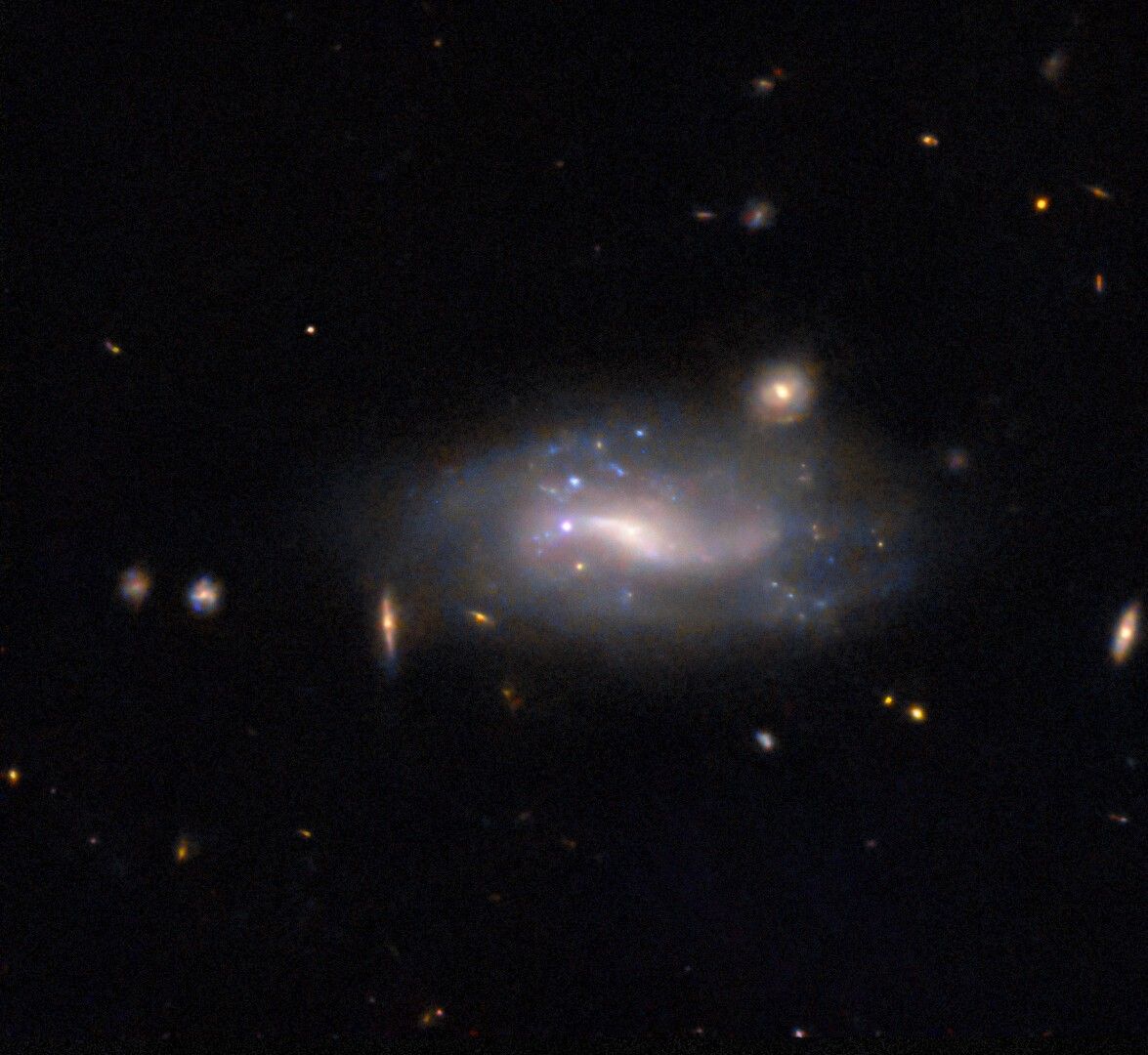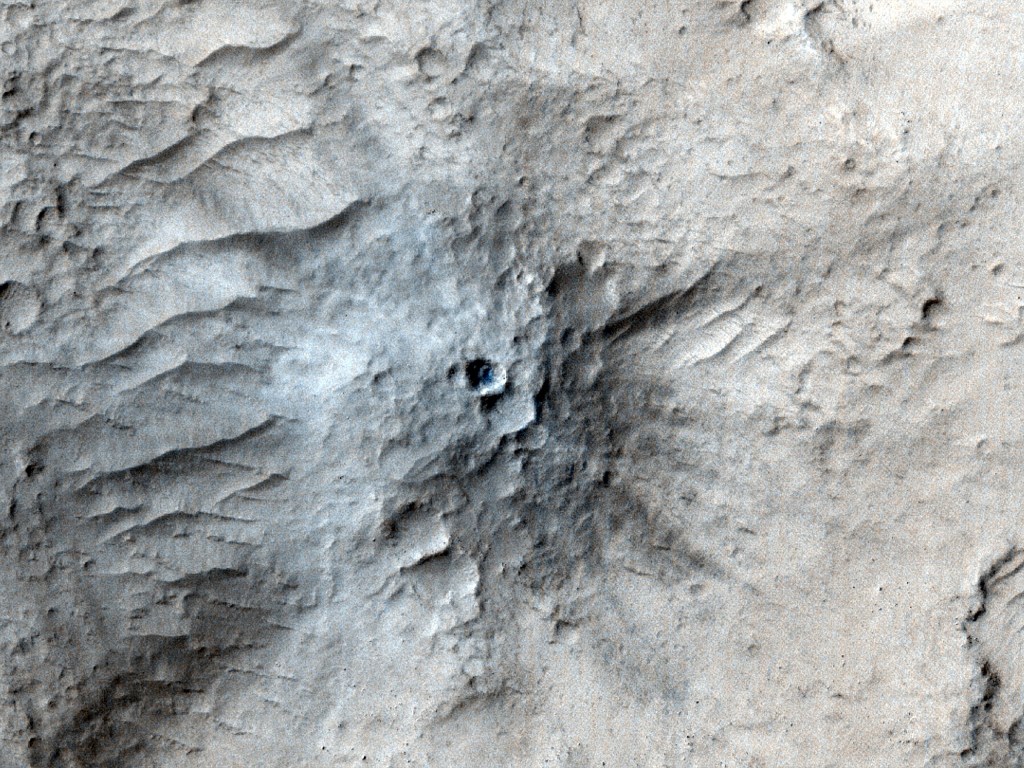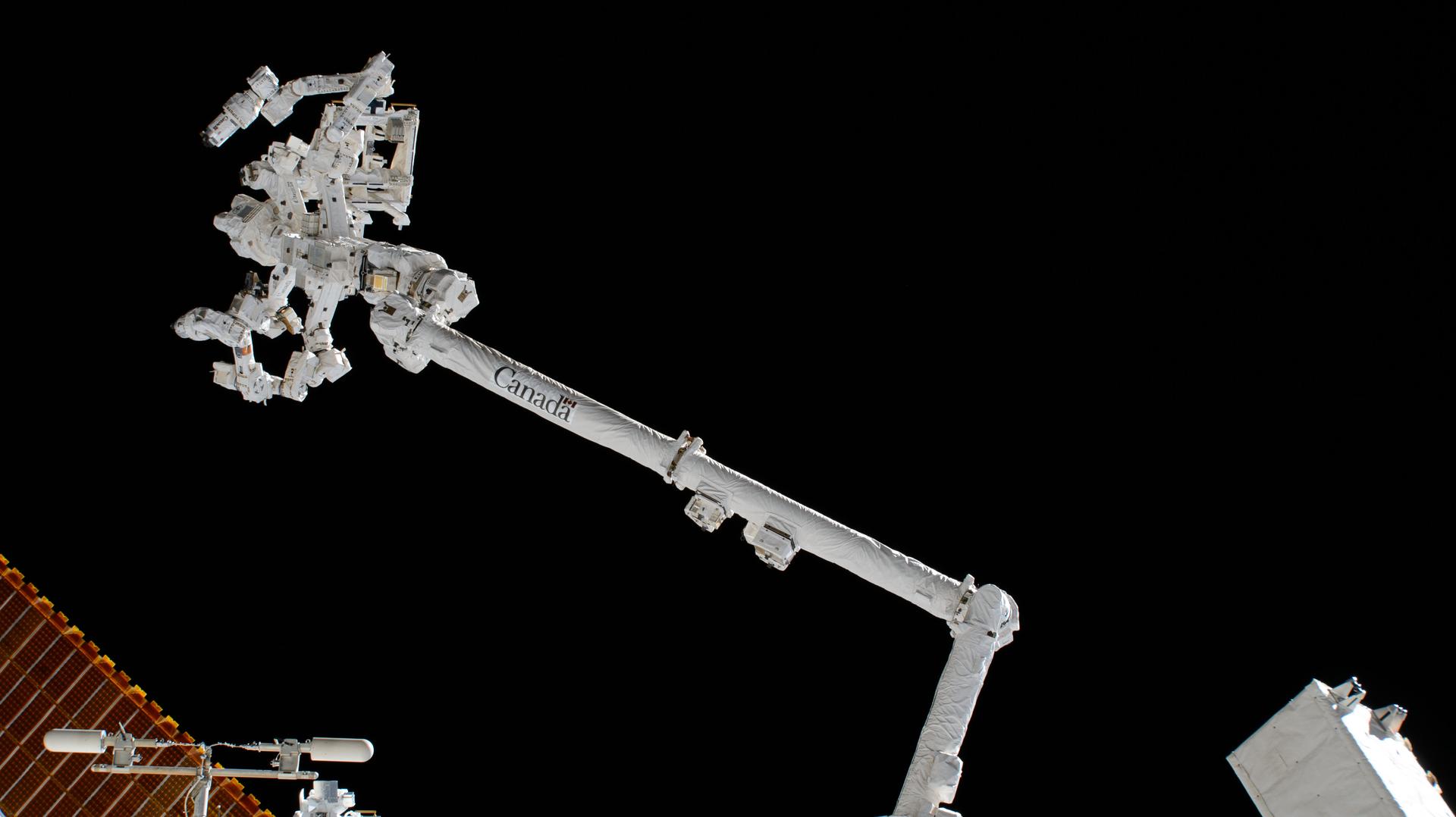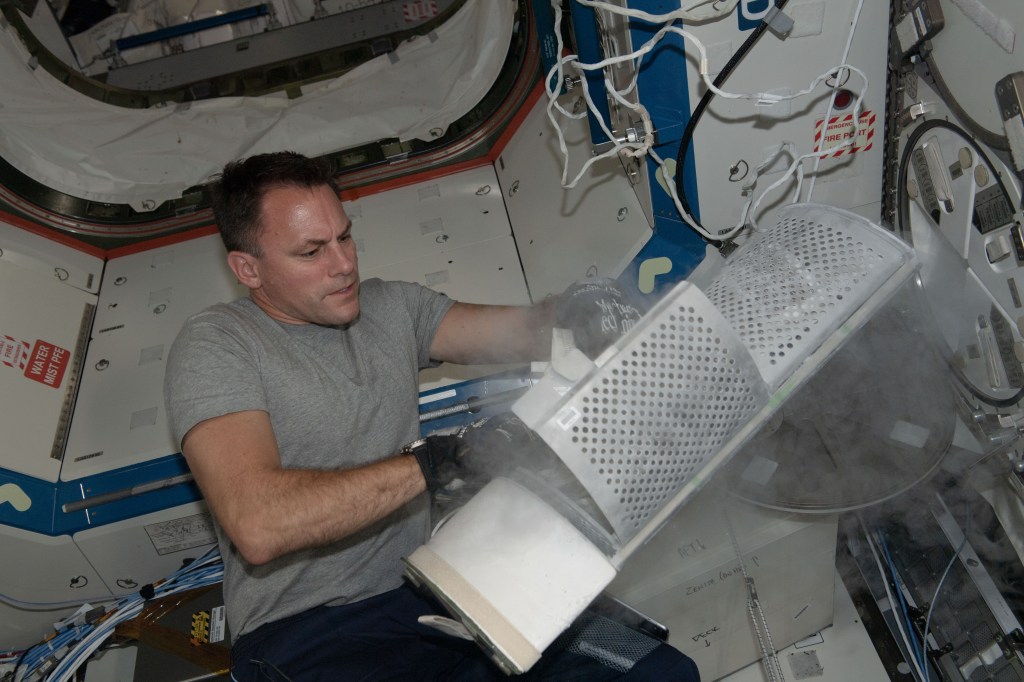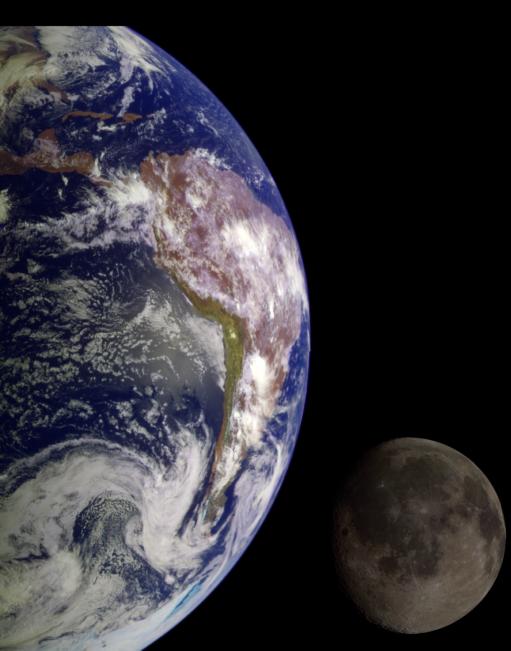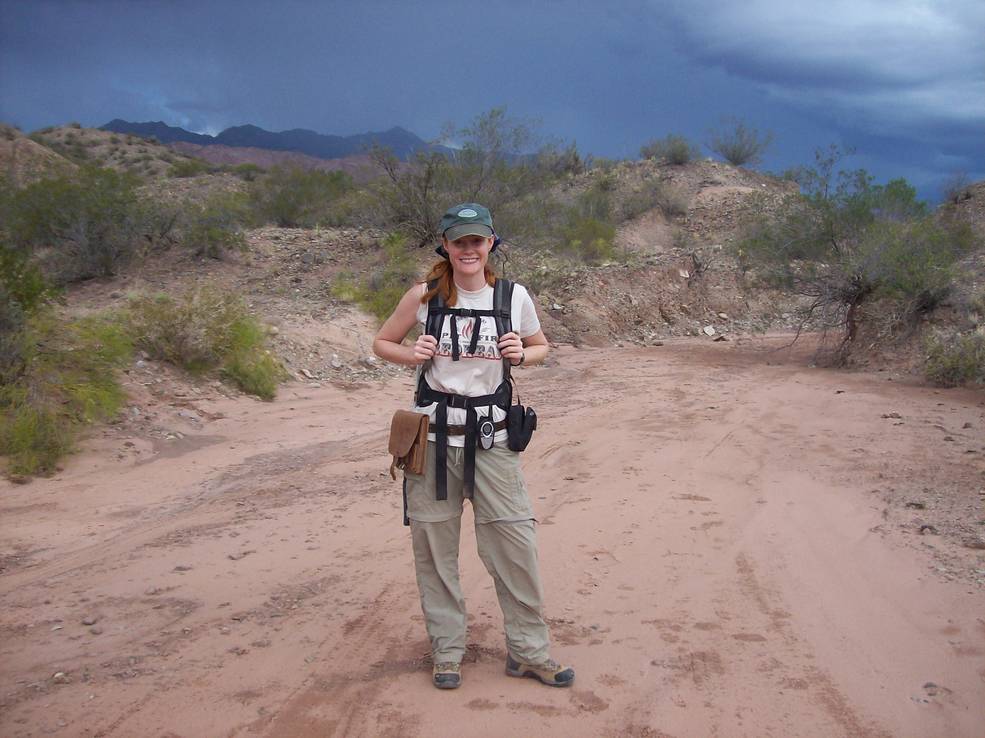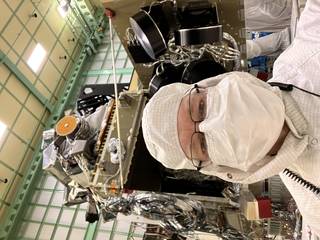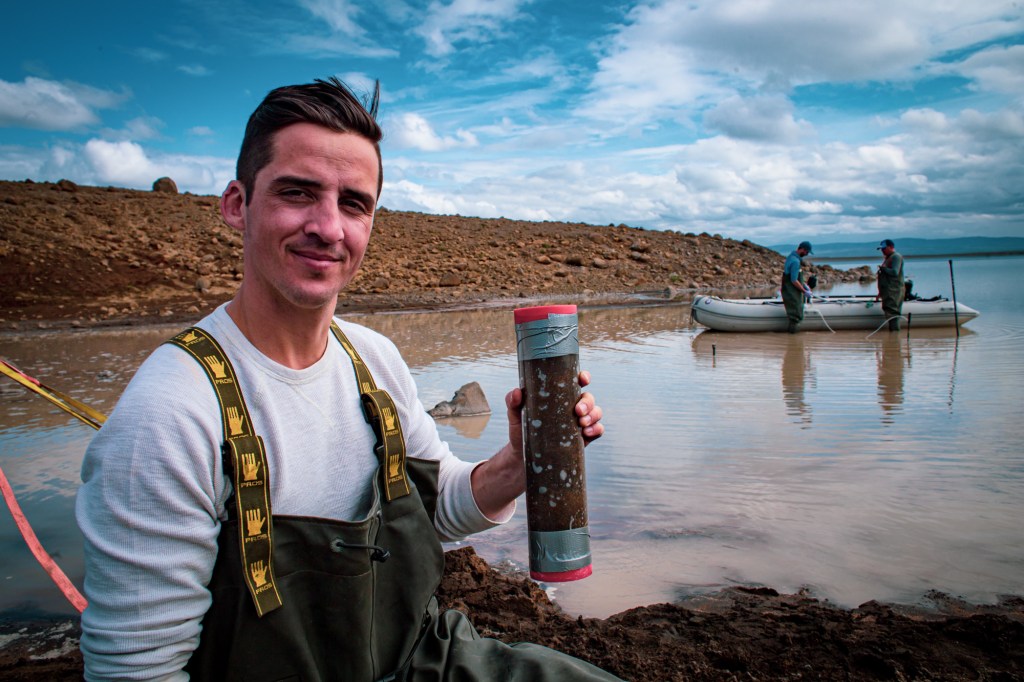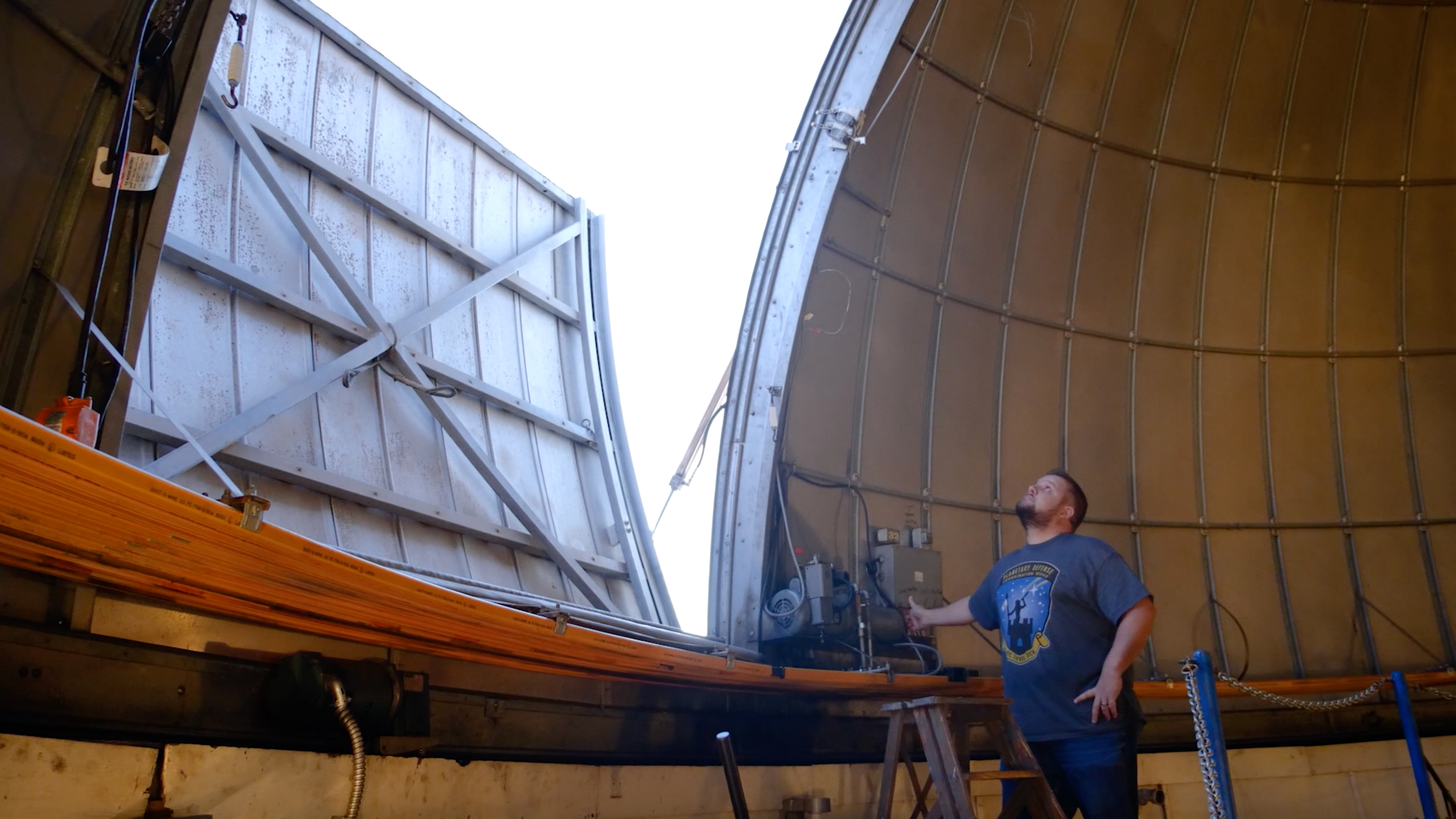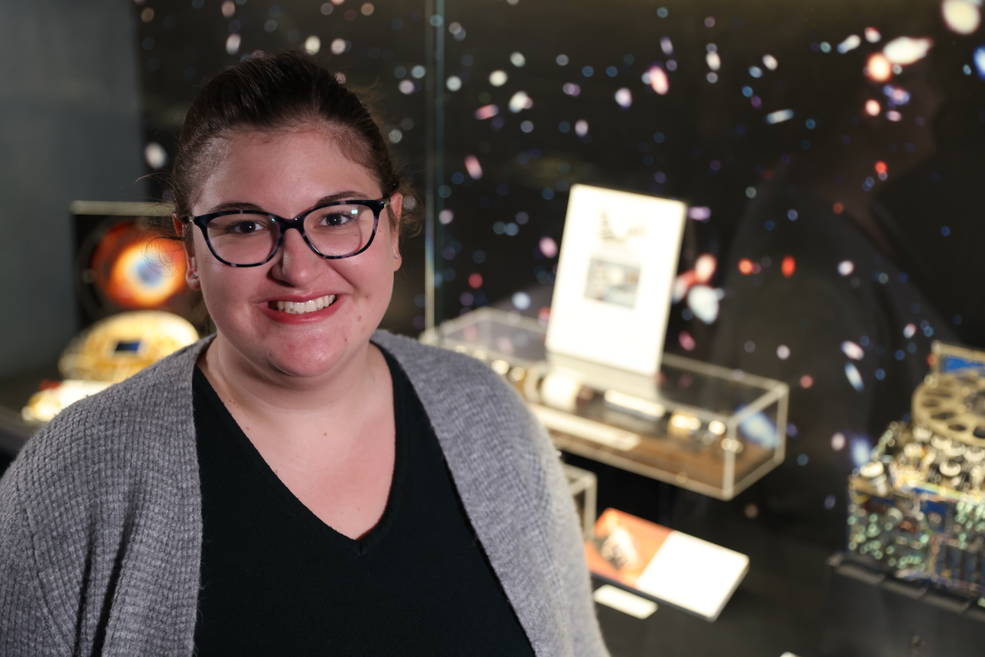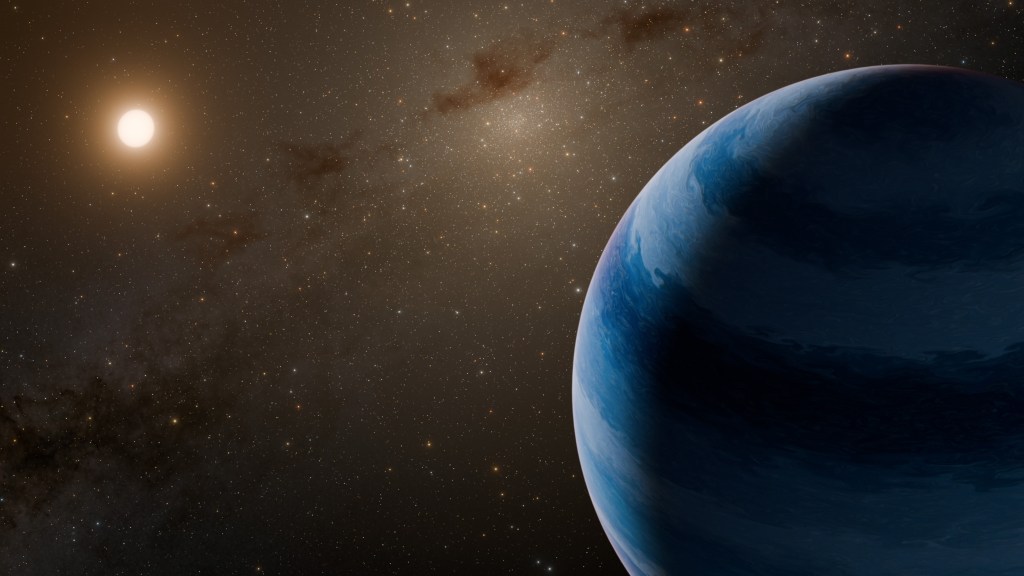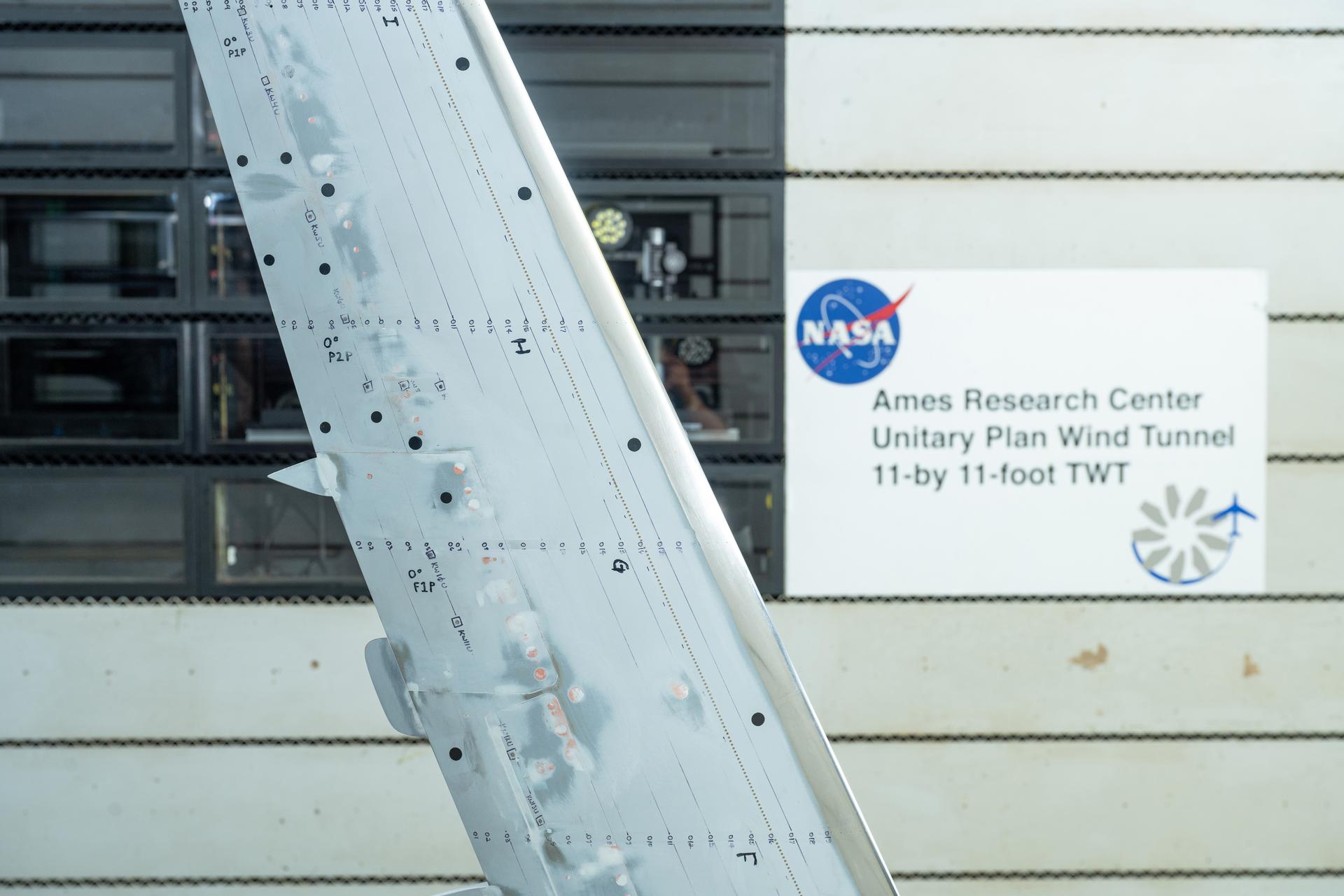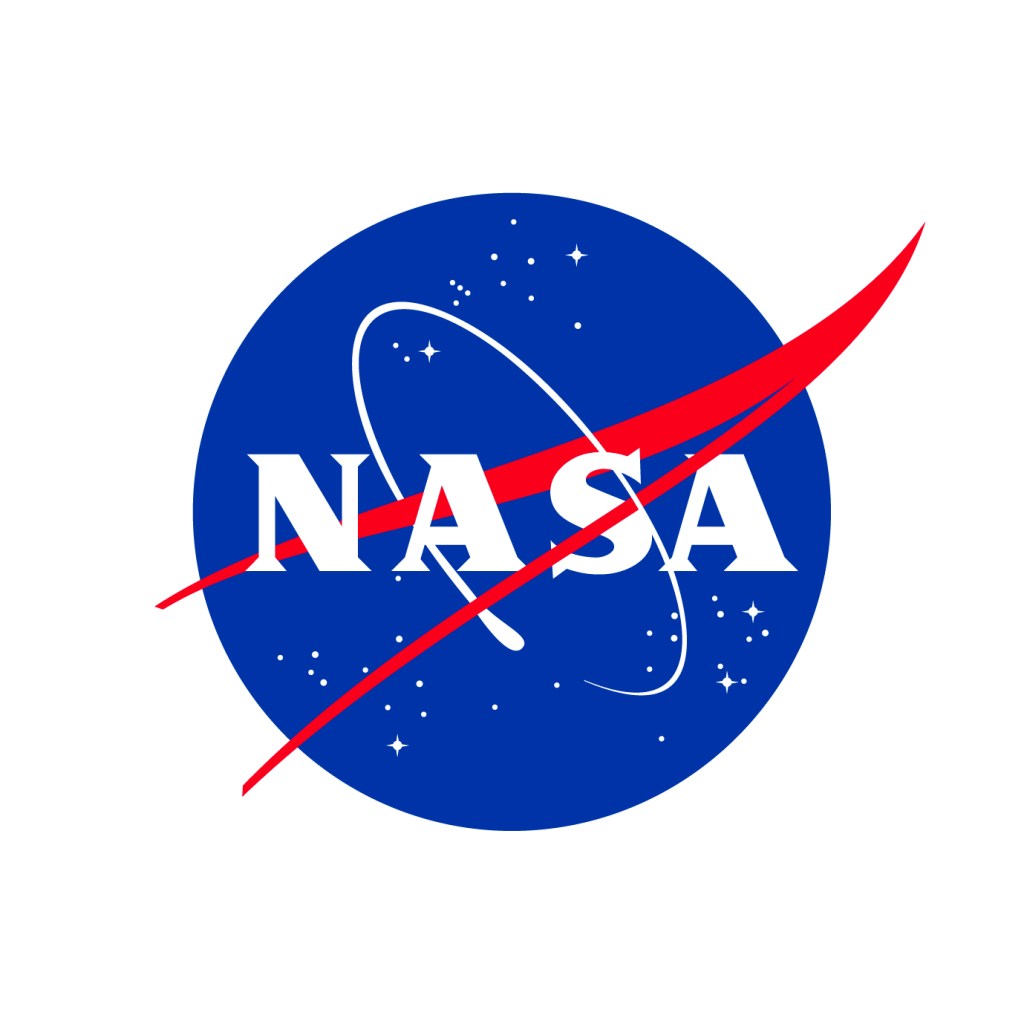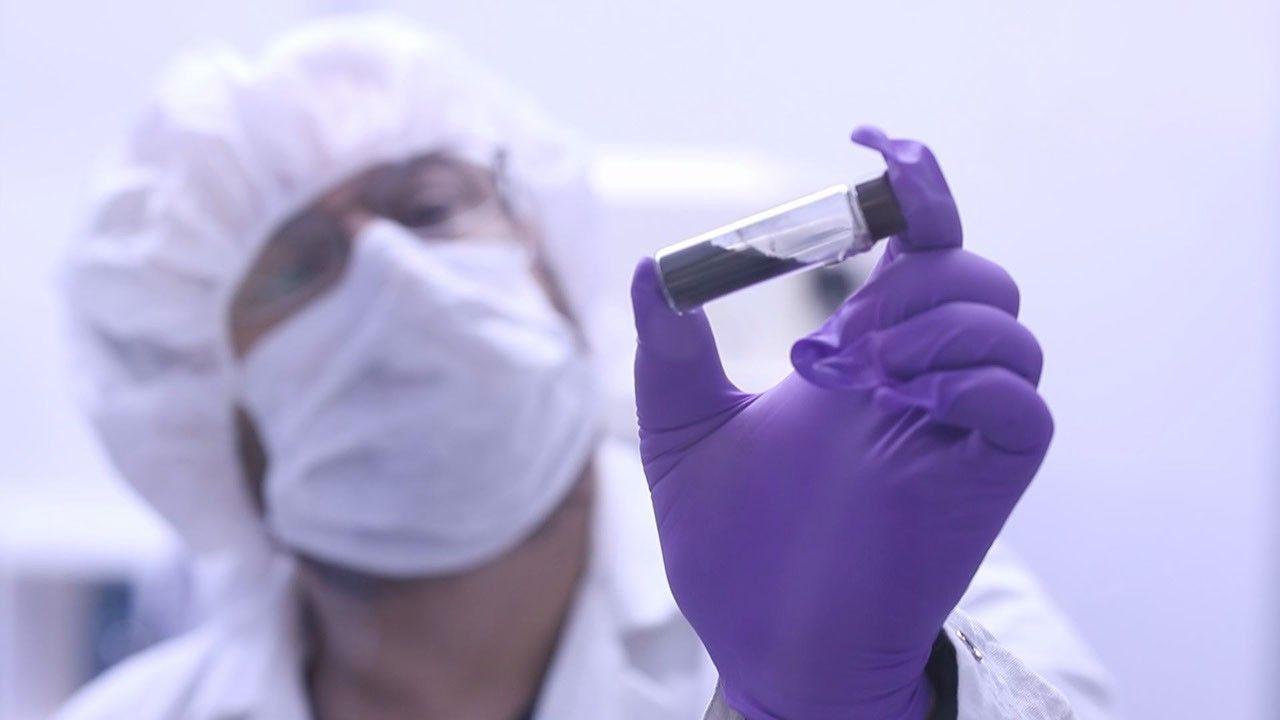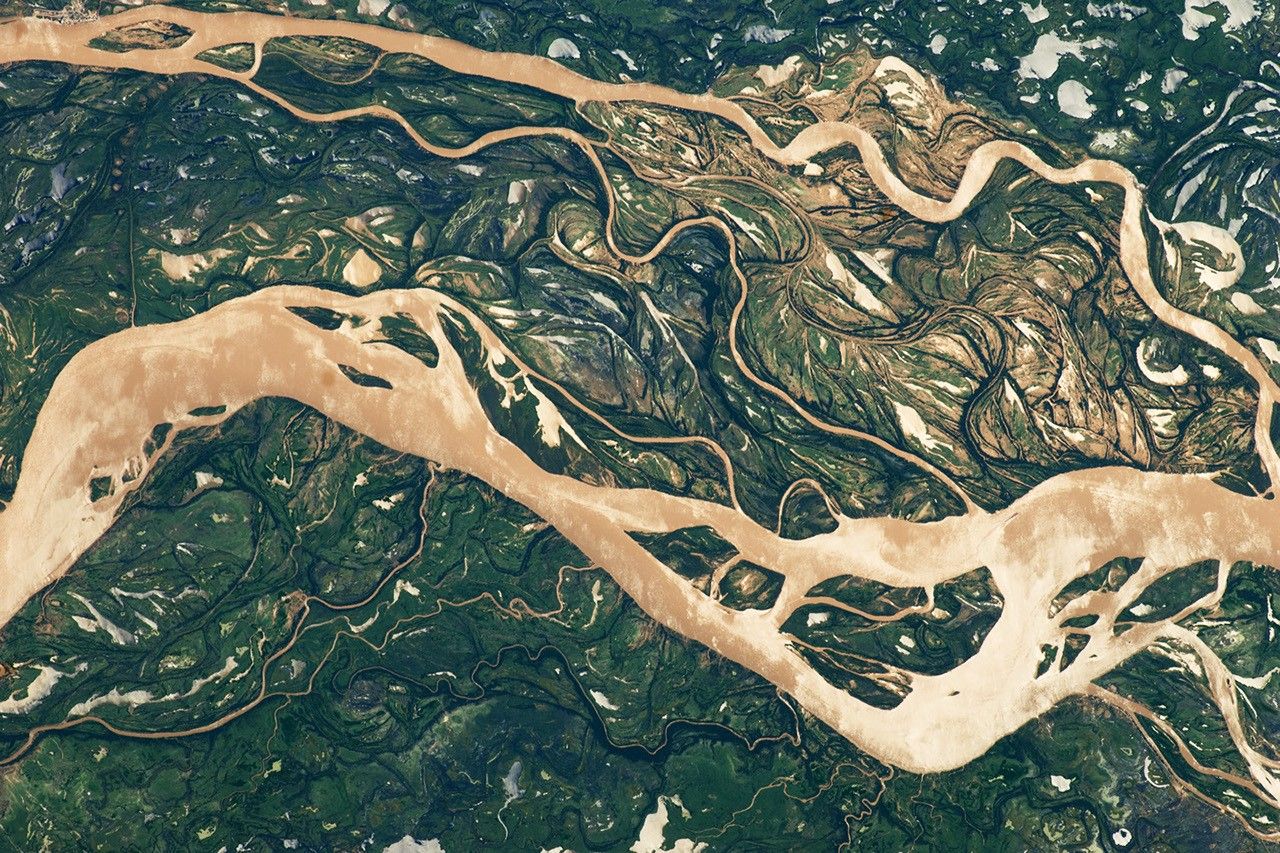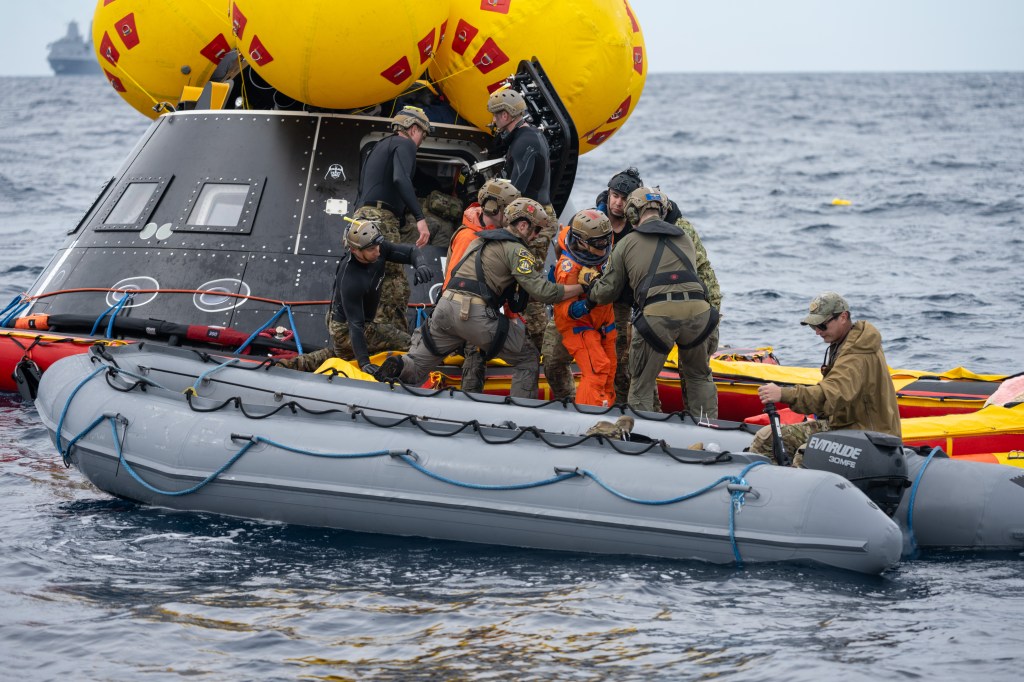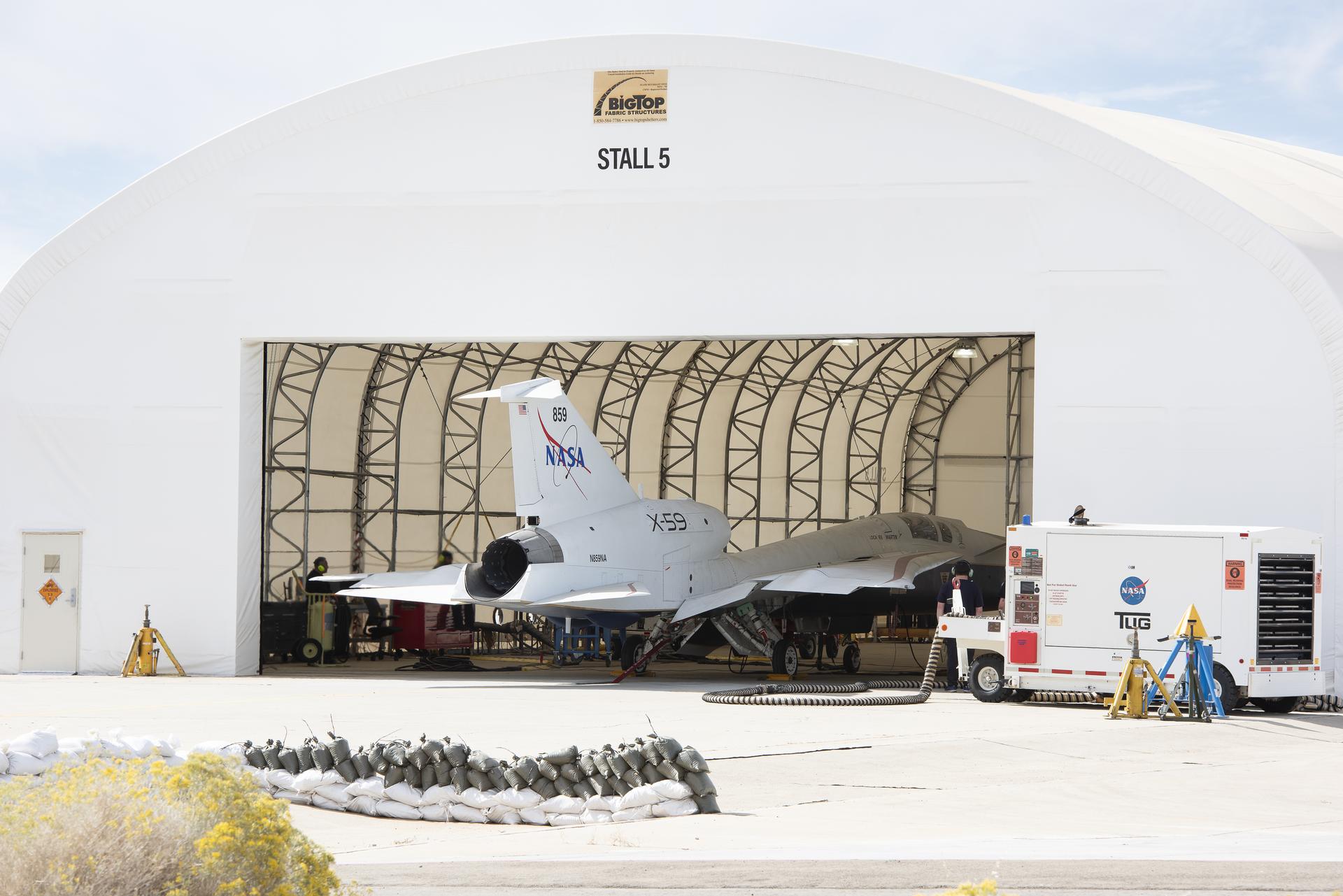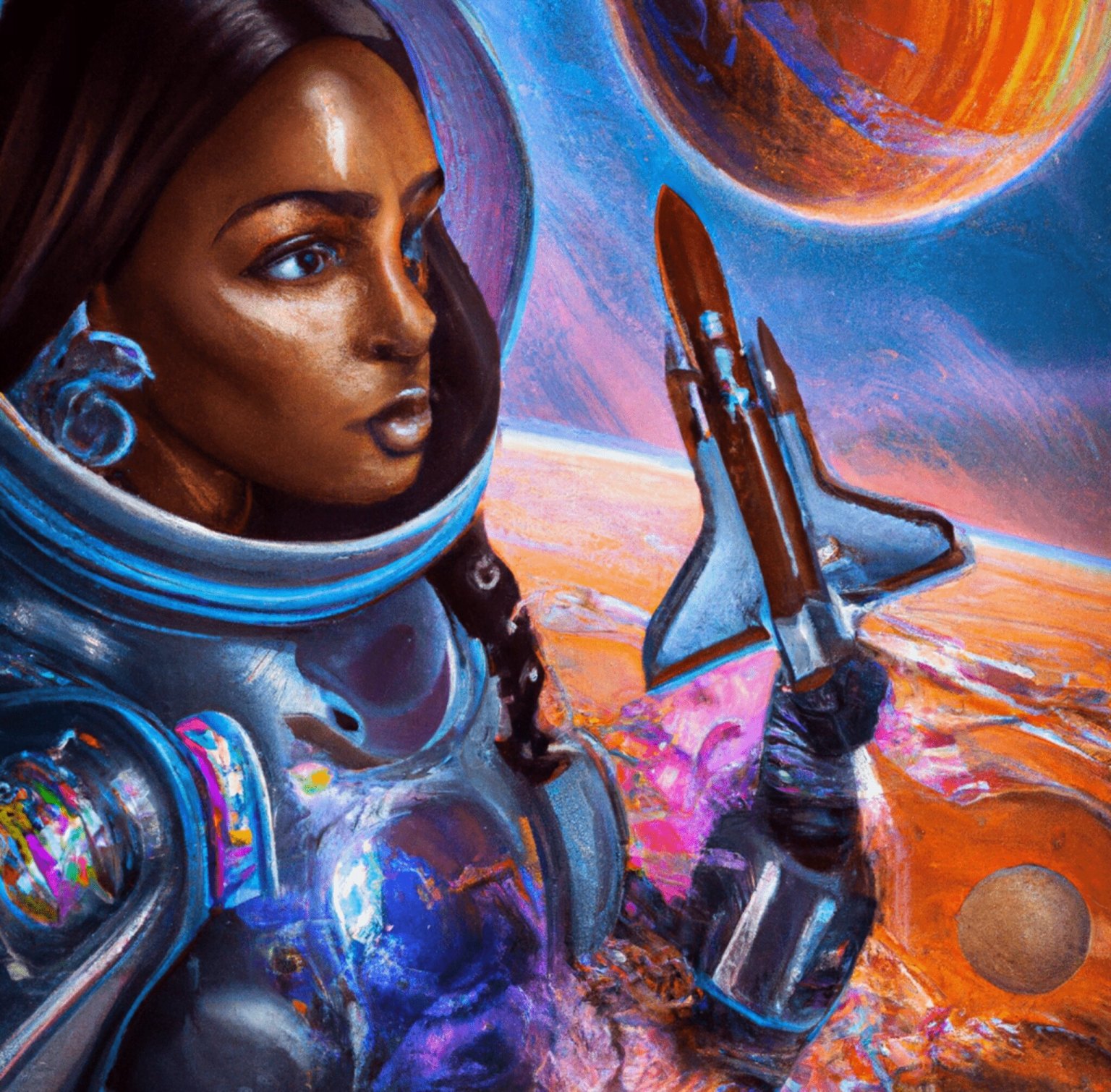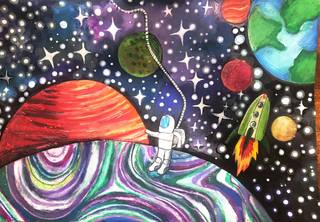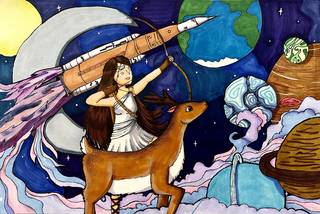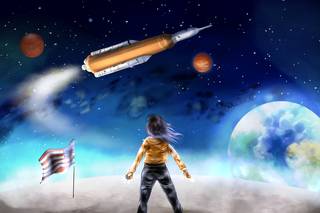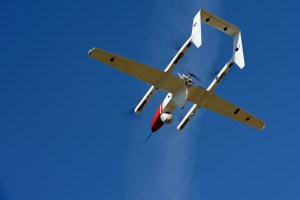This year, NASA’s Student Art Contest asked K-12 students across the country to ponder the possibilities of the future with the question of “What’s Next?”. One piece of art may have presented us with a controversial answer: artificial intelligence (AI).
The winning art, produced by Samyak Shrimali, features a woman astronaut holding a toy spaceship. Shrimali’s piece conveyed a vision for the future that promotes gender equity in science, technology, engineering and math (STEM) and highlights the role of the next generation as future leaders. Behind the piece, however, AI plays a role in the ultimate success of the art — begging us all to answer the question of “what’s next?” when it comes to the role of AI in our society.
Shrimali created the piece through a process that began with his own original digital art – created in several steps using Adobe and Corel – which was subsequently enhanced using a generative adversarial network (GAN). GANs are a form of artificial intelligence that utilize machine learning and the pairing of two competing neural networks in an attempt to produce the most realistic data possible, and in this case, were used for enhancing and contrasting techniques to produce the final artwork.
While the use of AI – particularly in academic settings – has recently become a highly charged issue, Shrimali sees the potential for AI as a tool to create a better future for us and our world. Shrimali, who has already won a number of awards and published six papers in peer-reviewed journals and conference proceedings, says he is working on developing AI-based solutions to confront issues such as hospital-acquired infections, food insecurity, climate change, skin cancer, and cyberbullying. Looking towards the future, Shrimali says he is excited by the prospects of AI tools in revolutionizing our understanding of the universe, and points towards existing projects that use AI in the search for exoplanets and signs of past and present microbial life in space.
At the same time, the use of AI in this year’s contest has prompted important conversations for the future, namely, that steps will be taken to ensure digital art and traditional art are not judged against each other in future contests.
Ultimately, Shrimali says that he believes “art can play an important role in inspiring people to dream big and to pursue their passions,” and this year’s contest saw an immense number of students dreaming big through their art — a total of 912 entrants, to be exact. While Shrimali’s art was voted on as the grand prize winner by the NASA Langley community – perhaps illustrating the successful use of AI to predict our visual preferences – all winners and honorable mention recipients in every grade level received certificates and an exploration prize pack of NASA posters, stickers, activities, and more. Only time will tell “what’s next” for these talented young minds and the future of STEM!
To view all winners and runner-ups by grade please visit:
https://artcontest.larc.nasa.gov/2023-contest-winners/
To view all of the art submissions visit:

